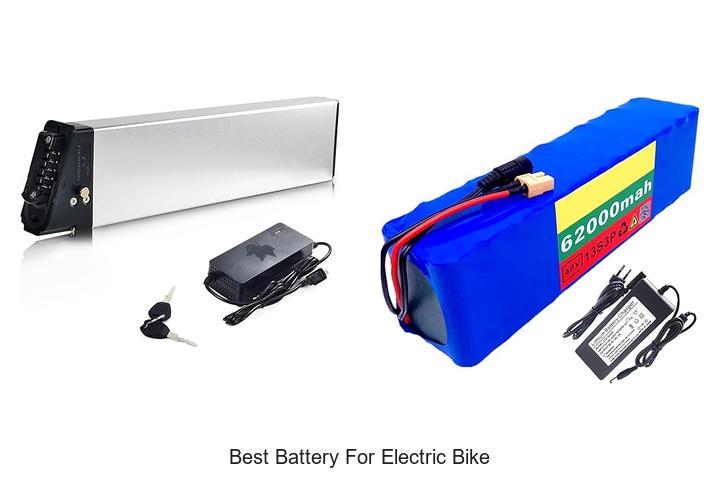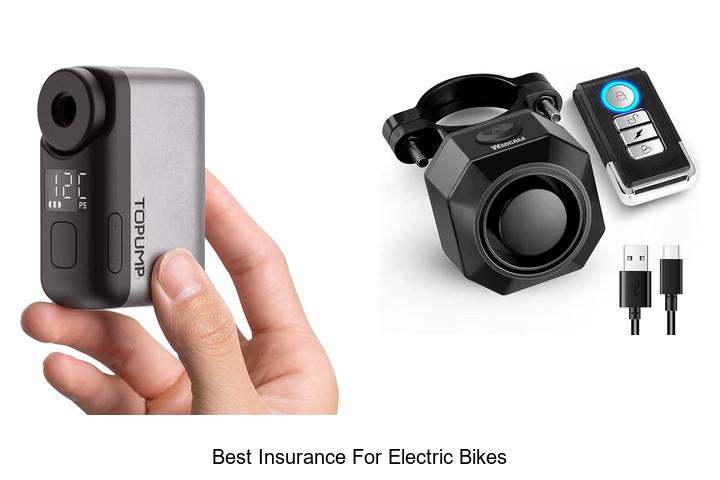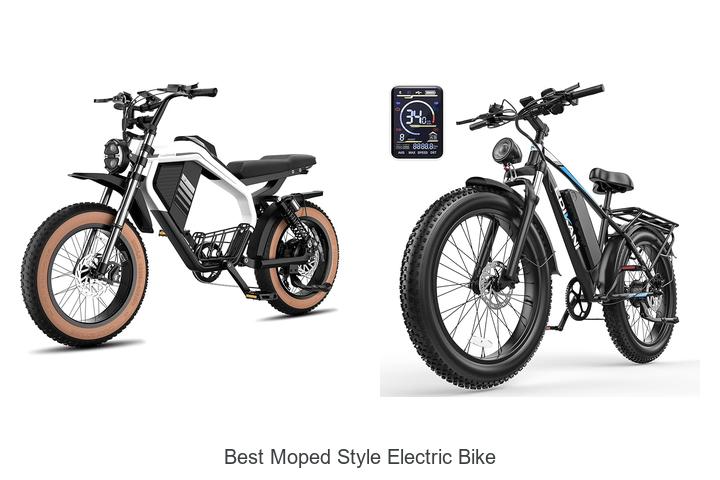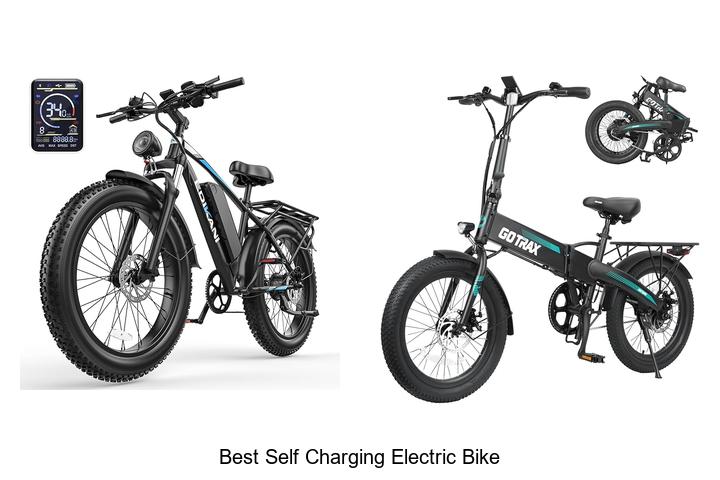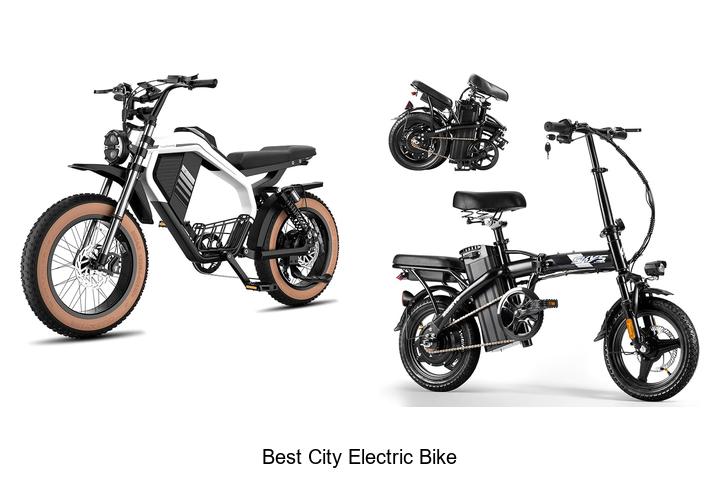How to Charge Jetson Electric Bike: Easy Step-by-Step Guide
Charging your Jetson electric bike is simple once you know the right steps. Whether you’re new to e-bikes or just switched to Jetson, understanding the charging process helps keep your ride ready and extends battery life.
You’ll want to follow a few key tips to ensure safe and efficient charging. With the right approach, you’ll avoid common mistakes that can drain your battery or cause damage. Let’s dive into how to properly charge your Jetson electric bike so you can enjoy every ride without interruption.
Understanding the Jetson Electric Bike Battery
Knowing your Jetson electric bike battery helps you maintain it properly and charge it efficiently. This section breaks down the key aspects of the battery to guide your charging routine.
Types of Batteries Used
Jetson electric bikes use lithium-ion batteries for their lightweight, long-lasting performance. These batteries offer higher energy density than lead-acid types, allowing for longer rides without excessive weight. Most Jetson models feature removable lithium-ion packs, making it easier to charge the battery off the bike and replace it if needed.
Battery Capacity and Range
Battery capacity varies by model, typically ranging between 36V and 48V with 8Ah to 15Ah ratings. This capacity determines the bike’s range, which usually falls between 15 and 40 miles per full charge under ideal conditions. Factors like rider weight, terrain, and riding speed affect the actual distance you can cover before recharging. Checking your specific battery’s voltage and amp-hour rating helps you estimate how often charging fits your usage.
Preparing to Charge Your Jetson Electric Bike
Proper preparation ensures safe and effective charging for your Jetson electric bike. Follow essential steps to protect the battery and maximize its lifespan.
Safety Precautions
Always charge your bike indoors, away from flammable materials and moisture. Use a grounded electrical outlet with stable voltage to prevent power surges. Avoid charging the battery in extreme temperatures; ideal conditions range between 50°F and 77°F. Disconnect the charger immediately if you notice unusual heat, smoke, or odor during charging. Never leave the bike unattended while charging to reduce fire risk and battery damage.
Required Charging Equipment
Use the original Jetson charger designed for your bike model to ensure compatibility and optimal charging speed. The charger usually comes with a plug that connects directly to the battery or an integrated port on the bike frame. Confirm that the charger specifications match your battery voltage (typically 36V or 48V) and amperage ratings (8Ah to 15Ah). Avoid third-party chargers lacking certification, as they may harm the battery or void your warranty. A reliable power source and the proper charging cable complete the necessary setup to start the charging process efficiently.
Step-by-Step Guide on How to Charge Jetson Electric Bike
Follow clear steps to charge your Jetson electric bike safely and efficiently. Proper connection, monitoring, and environment ensure optimal battery performance and longevity.
Connecting the Charger to the Bike
Locate the charging port on your Jetson electric bike, usually near the battery or frame. Insert the original Jetson charger plug firmly into this port. Plug the charger into a grounded electrical outlet only after connecting it to the bike to avoid sparking. Confirm the connection is secure and avoid forcing the charger into the port to prevent damage.
Charging Duration and Indicators
Charge your Jetson electric bike battery for 3 to 6 hours, depending on the model’s battery capacity, typically between 36V 8Ah and 48V 15Ah. Observe the charger’s LED indicators: a solid red light signals charging in progress, and a green light confirms a full charge. Disconnect the charger promptly after the green light appears to prevent overcharging, which can reduce battery life.
Proper Charging Environment
Charge your Jetson electric bike indoors within temperatures from 50°F to 77°F (10°C to 25°C). Keep the bike and charger away from direct sunlight, moisture, and flammable materials. Use a dry, well-ventilated space to prevent overheating or electrical hazards during charging. Avoid charging in extreme cold or heat, as temperature extremes can degrade battery health and performance.
Tips for Maintaining Battery Health
Maintaining your Jetson electric bike battery ensures consistent performance and extends its service life. Following proper care routines protects your investment and keeps your rides smooth.
Avoiding Overcharging
Overcharging reduces lithium-ion battery longevity. Unplug the charger once LED indicators show a full charge. Avoid leaving the bike connected to the charger for more than 24 hours. Use only the original Jetson charger to prevent voltage irregularities that cause overcharging.
Storing the Battery Correctly
Store the battery in a cool, dry place with temperatures between 50°F and 77°F (10°C to 25°C). Remove the battery from the bike if you won’t use it for more than two weeks. Keep the battery charged at about 40% to 60% before storage to minimize capacity loss. Avoid storing the battery in direct sunlight, damp environments, or freezing conditions.
Charging Frequency Recommendations
Charge your Jetson bike regularly but avoid charging it after every short ride unless the battery level is low. Charging between 20% and 80% battery capacity improves cycle life. If you use the bike daily, charging it every 2 to 3 days maintains optimal performance. Long-term inactivity requires topping up the battery every month to prevent deep discharge damage.
Troubleshooting Common Charging Issues
Resolving charging problems quickly helps maintain your Jetson electric bike’s performance. Focus on identifying the issue precisely to apply the correct fix.
Charger Not Working
Check the power source first if the charger shows no signs of activity. Confirm the outlet provides electricity by testing it with another device. Inspect the charger cable and connectors for visible damage or fraying. Replace the charger if you spot any defects, as using damaged equipment risks battery harm. Verify the charger’s LED indicators; no light often indicates a faulty charger or no power supply. Use only the original Jetson charger to avoid compatibility issues. If the charger heats unusually or emits odors, unplug it immediately to prevent hazards.
Battery Not Charging Properly
Ensure the battery terminals and charger port are clean and free from debris or corrosion, which may block charging. Check for secure connections between the charger and the bike’s charging port to avoid intermittent charging. If the battery shows slow or no charge despite proper setup, measure the battery voltage using a multimeter; a significantly low voltage can indicate a deeply discharged or damaged battery. Avoid charging in extreme temperatures below 50°F or above 77°F, as cold or hot conditions reduce charging efficiency. Consider professional battery servicing if problems persist after basic troubleshooting.
Conclusion
Charging your Jetson electric bike properly is key to keeping it reliable and extending its battery life. By following safe charging practices and using the right equipment, you’ll avoid common pitfalls that can harm your battery or reduce its performance.
Pay attention to your bike’s charging environment and maintain a regular charging routine to ensure your e-bike is always ready when you need it. With the right care, your Jetson bike will continue to deliver smooth rides and dependable power for miles to come.
